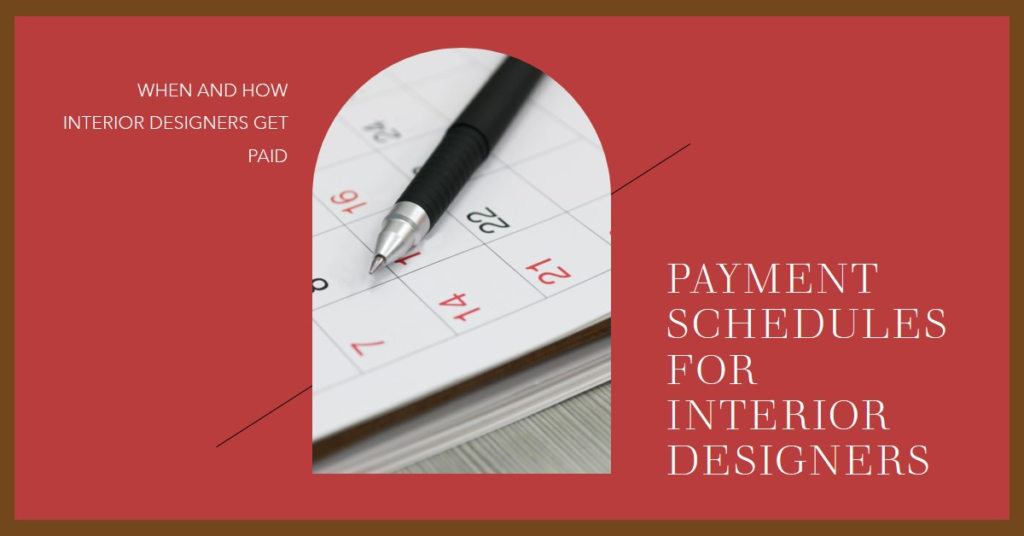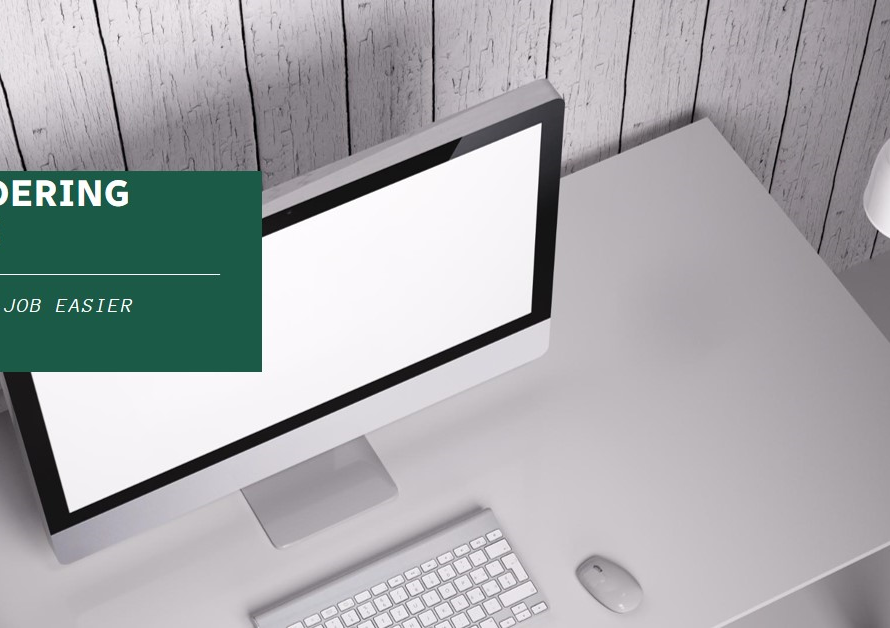
Table of Contents
- Introduction
- Understanding the Basics of Interior Design Contracts
- Initial Consultation Fees
- Design Development and Conceptualization
- Procurement and Purchasing
- Project Management and Installation
- Final Walkthrough and Completion
- Handling Change Orders and Additional Work
- Retainers and Ongoing Maintenance
- Navigating Payment Disputes
- Best Practices for Clients and Designers
- Conclusion: Ensuring Success Through Clear Payment Schedules
Introduction
Navigating the intricate world of interior design is both an art and a science. Interior designers are not only responsible for bringing aesthetic visions to life but also for managing the logistics and finances of their projects. One critical aspect that often demands clarity is the payment schedule. Understanding when and how interior designers get paid is essential for both clients and designers to ensure a smooth, professional relationship. This blog post delves into the intricacies of payment schedules, providing a comprehensive guide for all involved.
Understanding the Basics of Interior Design Contracts
Before delving into the specifics of payment schedules, it is crucial to understand the framework within which these payments occur: the interior design contract. This document outlines the scope of work, responsibilities, timelines, and, importantly, the payment terms. A well-drafted contract sets the stage for a transparent and mutually beneficial relationship between the designer and the client.
Interior design contracts typically specify the total project cost, broken down into various phases. These phases might include initial consultations, design development, procurement, and project management. Each phase can have its own payment schedule, ensuring that designers are compensated fairly for their work as the project progresses.
Initial Consultation Fees
The initial consultation is the first step in any interior design project. During this meeting, designers and clients discuss the project’s scope, budget, and timeline. It is not uncommon for designers to charge a fee for this consultation, as it involves dedicating time and expertise to understanding the client’s needs and preferences.
This initial fee can vary widely depending on the designer’s experience and the complexity of the project. Some designers may offer a free consultation as an incentive to attract clients, while others might charge a flat fee or an hourly rate. The payment for this consultation is usually due at the time of the meeting or shortly thereafter.
Design Development and Conceptualization
Once the initial consultation is complete and the client has decided to move forward, the next phase involves design development and conceptualization. During this stage, designers create detailed plans, mood boards, and 3D renderings to illustrate their vision for the space. This phase is labor-intensive and requires significant creative and technical skills.
Designers typically require a deposit before beginning this phase. This deposit, often a percentage of the total project cost, serves as a commitment from the client and helps cover initial expenses. The remaining balance for this phase may be due upon completion of the design presentation or in scheduled installments.
Procurement and Purchasing
Procurement involves sourcing and purchasing the materials, furniture, and accessories needed for the project. This phase can be particularly complex, as it involves coordinating with vendors, managing deliveries, and ensuring that all items meet the design specifications.
To manage the financial demands of procurement, designers often request an advance payment or a series of payments throughout this phase. This approach ensures that designers have the necessary funds to make timely purchases and avoid project delays. Payment terms for procurement are usually outlined in the contract and can be based on milestones or specific dates.
Project Management and Installation
The project management and installation phase is where the design plans come to life. This stage includes overseeing the construction, managing contractors, and ensuring that the installation aligns with the design vision. Effective project management is crucial for the successful execution of an interior design project.
Designers typically charge a fee for project management, which can be a percentage of the total project cost or a flat rate. Payment for this phase is often structured in installments, with an initial payment due at the start of the project and subsequent payments tied to key milestones or completion percentages.
Final Walkthrough and Completion
Upon completion of the project, a final walkthrough is conducted to ensure that all elements of the design have been executed to the client’s satisfaction. This walkthrough provides an opportunity to address any last-minute adjustments or corrections.
The final payment is usually due after the walkthrough, once the client has approved the completed work. This payment often includes any remaining balances for design services, procurement, and project management. Requiring the final payment upon project completion ensures that designers are compensated for their efforts and any additional work that may have been required.


Handling Change Orders and Additional Work
Interior design projects often involve changes and adjustments along the way. Clients might request additional work or modifications to the original design, which can impact the project’s scope and budget. These changes are typically documented through change orders, which outline the new work and associated costs.
Designers usually require additional payments for change orders, either as upfront fees or as part of the project’s overall payment schedule. Clear communication and documentation of these changes help maintain transparency and avoid disputes over payment.
Retainers and Ongoing Maintenance
Some interior design projects, particularly those involving high-end or commercial spaces, may require ongoing maintenance and updates. In these cases, designers might establish a retainer agreement with the client. A retainer is a recurring fee that covers regular maintenance, updates, and any minor design changes needed over time.
Retainer agreements provide designers with a steady income stream and ensure that clients receive ongoing support and maintenance for their spaces. Payment schedules for retainers are typically monthly or quarterly, depending on the terms agreed upon in the contract.
Navigating Payment Disputes
Despite careful planning and clear contracts, payment disputes can sometimes arise. These disputes might involve disagreements over the scope of work, quality of materials, or timing of payments. Handling these disputes professionally and efficiently is crucial to maintaining a positive client-designer relationship.
Designers should ensure that their contracts include clear dispute resolution procedures, such as mediation or arbitration. Open communication and a willingness to find mutually acceptable solutions can help resolve disputes amicably. In some cases, involving a neutral third party may be necessary to mediate the situation and reach a fair resolution.
Best Practices for Clients and Designers
For clients and designers alike, understanding and adhering to best practices in payment scheduling can help ensure a smooth and successful project. Clear communication, detailed contracts, and regular updates are key components of a positive working relationship.
Clients should ensure they understand the payment terms outlined in the contract and budget accordingly. Being prompt with payments helps maintain project timelines and fosters goodwill. Designers, on the other hand, should provide transparent billing and keep clients informed about the project’s progress and any potential changes to the budget or timeline.
Conclusion: Ensuring Success Through Clear Payment Schedules
Payment schedules are a critical aspect of interior design projects, providing a framework for financial transactions and ensuring that designers are fairly compensated for their work. By understanding the various phases of a project and the associated payment terms, both clients and designers can navigate the financial aspects of interior design with confidence.
Clear contracts, open communication, and adherence to best practices can help prevent misunderstandings and disputes, paving the way for a successful and harmonious collaboration. Whether you are a client embarking on a new design journey or a designer managing a complex project, a well-structured payment schedule is essential for achieving your goals and bringing your vision to life.



